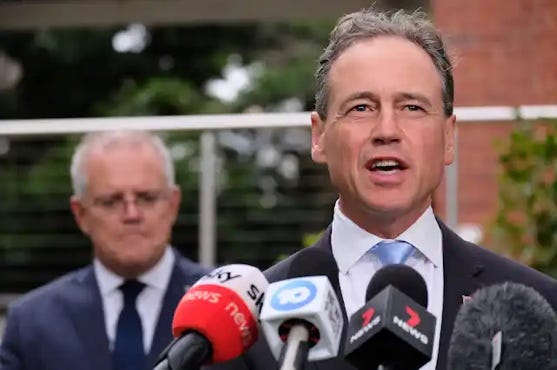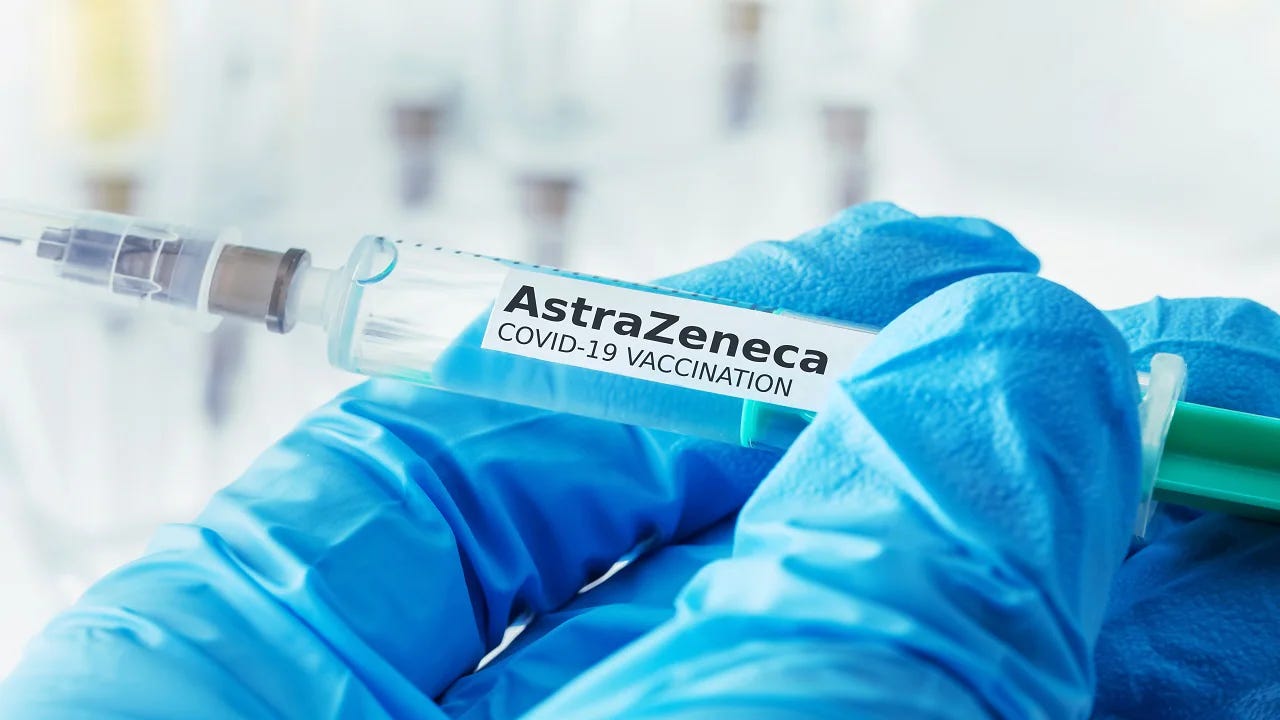The unravelling of AstraZeneca’s covid-19 vaccine
It went from being hailed as a lifesaver to getting pulled from the market. I take a look back at what happened.
In May 2024, pharmaceutical giant AstraZeneca announced a worldwide withdraw of its adenoviral vector covid-19 vaccine, which it developed in collaboration with Oxford University.
When it first emerged as a vaccine contender in late 2020, it was hailed as a milestone in the fight against the pandemic.
But over the subsequent years, the vaccine was plagued by doubts over its efficacy, dosing regimen and safety issues.
Valid questions have been raised about how AstraZeneca’s covid-19 vaccine ever made it to market. So, I decided to take a look back at its unravelling.
Exaggerated claims
AstraZeneca’s vaccine was authorised across the UK, Europe, Asia and Australia.
In February 2021, AstraZeneca boasted in a press release that early results of its phase III clinical trial found the vaccine could provide 100% protection against severe disease, hospitalisation and death.
The news went global. From tabloid newspapers to medical journals, everyone was keen to report this extraordinary finding from the drug company’s press release.
Politicians joined in the chorus.
Australia’s then-Health Minister Greg Hunt stood before the press corps to vouch for the vaccine’s safety, and encouraged people to roll up their sleeves to get the jab.
Prime Minister Scott Morrison said Australians could have “absolute confidence” in the vaccine and brimmed with excitement that over 50 million doses would be manufactured at a local facility in Melbourne.

But was it too good to be true?




